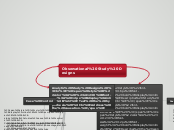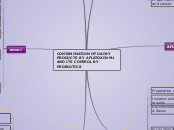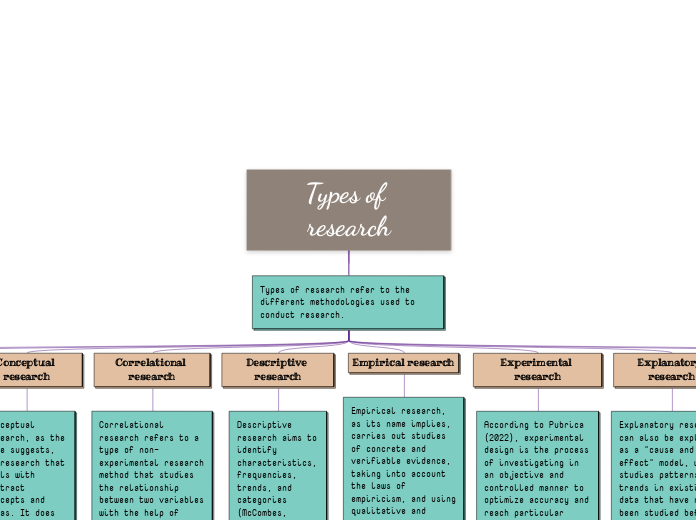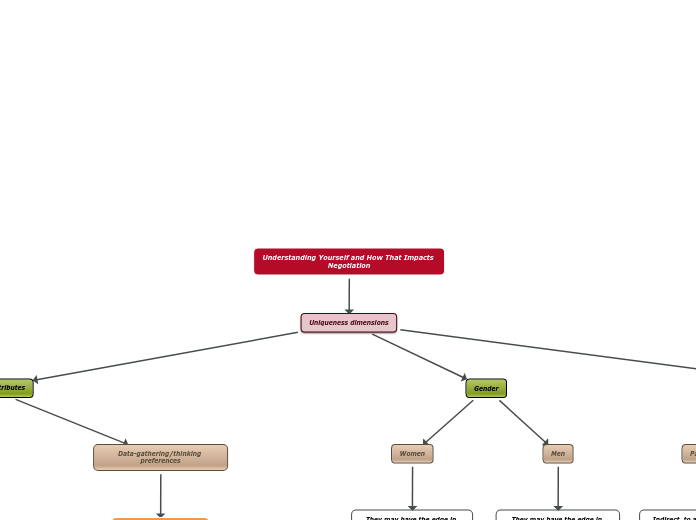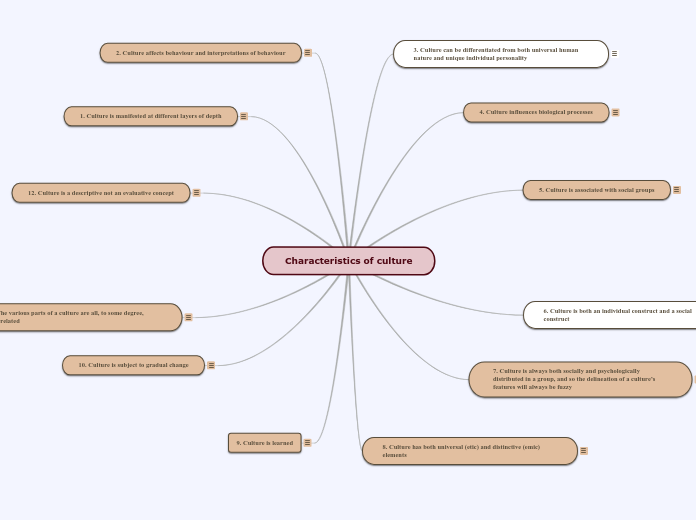jonka Vanessa Meza 6 vuotta sitten
96
Observational Study Designs
Descriptive study designs are utilized to describe events and generate hypotheses by answering questions like what, who, and where. These designs include case series, which describe common characteristics among subjects and aspects of disease treatment or exposure, but do not establish cause-effect relationships or assess disease frequency.
